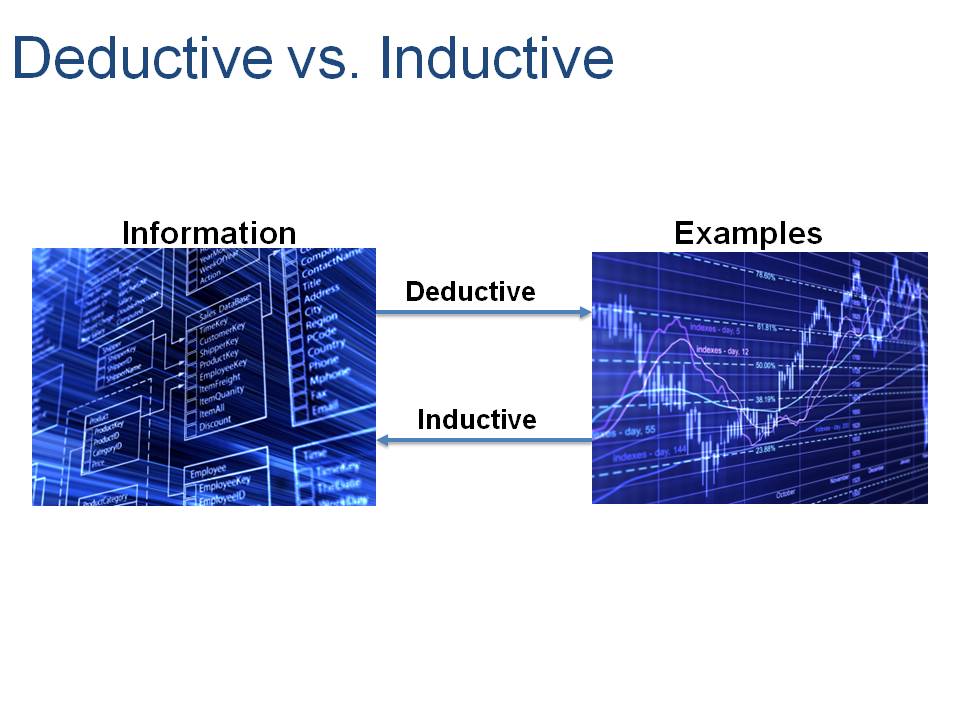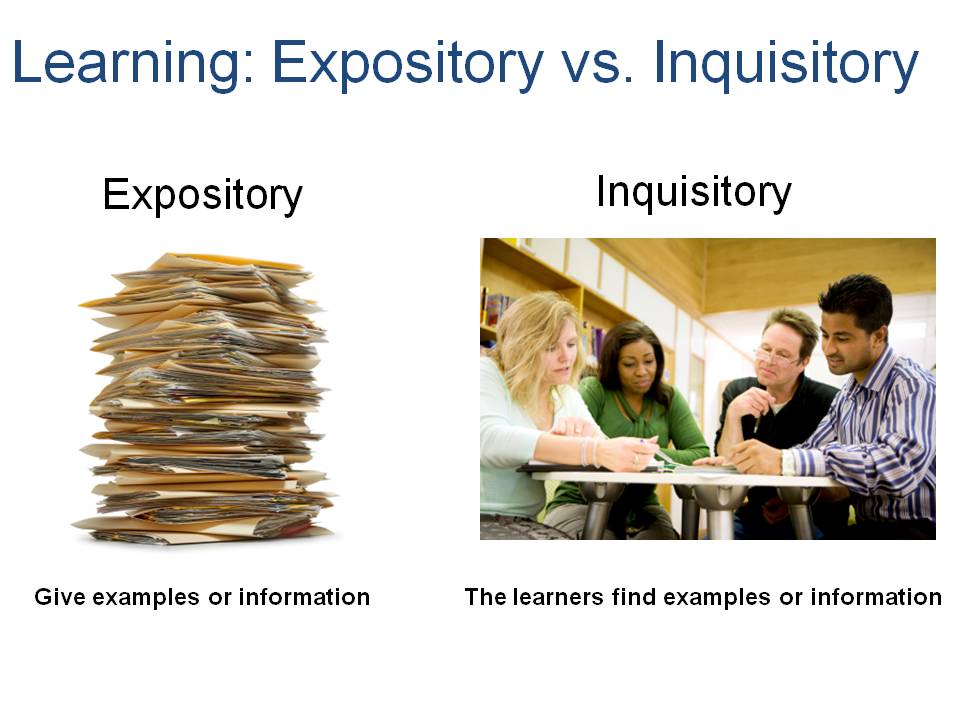Note: This site is moving to KnowledgeJump.com. Please reset your bookmark.
An Instructional Design Model
This model or framework is a guide for designing a learning platform.
Gather the Content
Gather only the content (information and activities) that is essential for learning. Map the information as shown below and add activities to ensure you have gathered all the content (Merrill, 2002):

Use If/Then Statements
To help you map the content, you can use if/then statements, for example,
- Goal: If we want this outcome _____
- then the employees will need to perform in this manner _____ (Performance or task).
- If we want them to perform like this, then they need to learn these skills _____ (Skills).
- If we want them to learn these skills, then they need to know this information _____ (Knowledge) and have access to these _____ (Performance Aids).
Cathy Moore has an excellent slide show on using this process: Design Lively Elearning with Action Mapping.

Chunk the Material (epitomize)
Divide the instructional material into small units to allow better learner retention (Reigeluth & Stein, 1983).
Sequence the Content into a Logical Structure
Present the instructional content to the learners in a manner that allows them to build upon the previous content (Reigeluth & Stein, 1983). This is known as scaffolding. It aids in stimulating the recall of prior knowledge.
Build Interest and Visualization Devices
An interest device is a story or other piece of information that captures their attention (Gagné, 1985; Keller, 1988), while visualization is actively cultivating an image of what is going to happen in that you paint a mental picture of where the learners are going. Visualization methods may be done through the use of tools, such as mind maps, or strictly within their minds, such as helping them to picture what the task looks like. (Zipperer, Klein, Fitzgerald, & Kinnison, 2003).

Organize the Objectives
This is the Task, Condition, and Standards created in the design phase. Normally, formal objectives are too stiff for informing the learners of the performance requirements, thus the objectives should be reworded so that they present a more casual learning environment.
If at all possible, get the learners' input for the objectives — what do they need to learn that will make their job more effective or efficient? Let them play a part in constructing their learning (Vygotsky, 1978; Piaget, 1950).
Create Strategies to Foster Critical Thinking and Deeper Understanding
When presenting content, two approaches can be used (van Merriënboer, 1997):
- a deductive approach works by presenting the general information, followed by examples
- an inductive approach works in the opposite direction by first presenting the examples to the learners, and then giving them the general information.

Closely related to the presentation methods are two strategies for helping the learners to learn:
- expository learning, which is presenting examples and information
- inquisitory learning, in which the learners find examples or general information

For more information on presenting information and examples see, van Merriënboer's 4C/ID Model.
Keep the Learners Actively Involved with the Learning
Build activities. Consider needs first; technologies last — your task is to solve real world problems and not to advocate technologies just for the sake of technology. Technologies can enhance training; they do not solve training problems.
Relate the information to the learner's interests (Keller, 1988).
Short lectures are OK, but break them up with other delivery methods and active participation.
Don't put them to sleep

Keep them involved with the learning process

Point out content relationships.
Ask rhetorical questions.
Ask the learners for examples (this allows them to build upon their experiences).
Build Summaries and Relate it to the Next Module of Instruction
Provide regular summaries. Give them time to gather their thoughts.
Build reflection periods for deeper understanding
Test the Learners
What we get tested on is what we remember the most and the longest.
This should have been built in the Design Phase.
Help with the Transfer of Learning
Transfer of learning is a phenomenon of learning more quickly and developing a deeper understanding of the task if we bring some knowledge or skills from previous learning. Therefore, to produce positive transfer of learning, we need to practice under a variety of conditions.
References
Gagné, R. (1985). The Conditions of Learning and the Theory of Instruction, (4th ed.), New York: Holt, Rinehart, and Winston.
Keller, J.M., & Suzuki, K. (1988). Use of the ARCS motivation model in courseware design. In D. H. Jonassen (ED.) Instructional designs for microcomputer courseware. Hillsdale, NJ: Lawrence Erlbaum.
Piaget, Jean. (1950). The Psychology of Intelligence. New York: Routledge.
Merrill, M. D. (1983). Component Display Theory. In C. M. Reigeluth (ed), Instructional Design Theories and Models: An Overview of their Current States. Hillsdale, NJ: Lawrence Erlbaum.
Merrill, D., (2002). First Principles of Instruction, ETR&D, Vol. 50, No. 3, 2002, pp. 43-59 ISSN 1042-1629. http://cito.byuh.edu/merrill/text/papers/5FirstPrinciples.PDF
Reigeluth, C. M. and Stein, F. S. (1983). The Elaboration Theory of Instruction. In C. M. Reigeluth (ed), Instructional Design Theories and Models: An Overview of their Current States. Hillsdale, NJ: Lawrence Erlbaum.
van Merriënboer, J.J.G. (1997). Training Complex Cognitive Skills: A Four-Component Instructional Design Model for Technical Training. Englewood Cliffs, New Jersey: Educational Technology Publications.
van Merriënboer, J.J.G, Clark, R.E., de Croock, M.B.M. (2002) Blueprints for complex learning: The 4C/ID-model, Educational Technology, Research and Development. 50 (2);39-64, DOI: 0.1007/BF02504993
Vygotsky, L. S. (1978). Mind in society: The development of higher psychological processes. Cambridge, MA: Harvard University Press.
Zipperer, E., Klein, G., Fitzgerald, R., Kinnison, H. (2003). Training and Training Technology Issues for the Objective Force Warrior. U.S. Army Research Institute for the Behavioral and Social Sciences. Research Report 1809.


